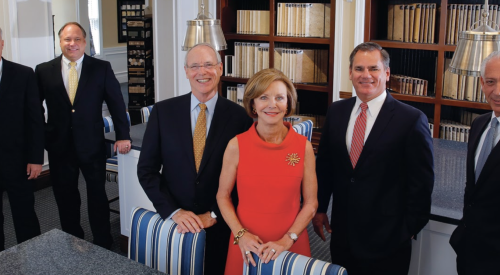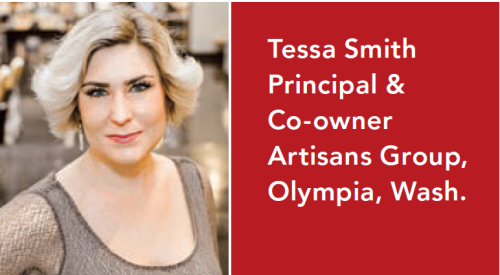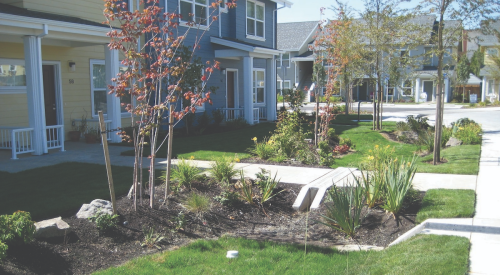Dean Horowitz, Publisher
I clearly remember sitting cross-legged in my kindergarten class and listening as the teacher played "This Land Is Your Land" by Woody Guthrie on her acoustic guitar. The song’s message has remained with me my entire life. Great ideas seem to sustain themselves.
The love of this country is deeply tied to its vast landscape and the opportunities that rest within and on its soil. Respect for the land is not the exclusive territory of the environmentalists, the sportsman, or any political party. It is in the hearts of the citizens who were raised on America’s mythology and history and the immigrants who left it all behind to live here.
Today, among builders, developers and regulators, the question of land and how it will -- or should be used -- is one of much debate. Often, that question is a component of a much bigger discussion -- green building. Right now green building exists in a few markets and is practiced by a relative handful of developers, architects and builders. Each one is a true believer in the "rightness" of green building. Their buyers certainly want the value and benefits of a green built home.
But I can’t help wondering, are we as an industry ready to deliver on the promise green building offers? I’m not convinced we are. To many builders green isn’t really about "green" but rather about a sophisticated market position statement. For other members of the building industry, it represents a product selection advantage tool. At this point, green doesn’t need to categorize your business -- i.e., define the way you manage land or build houses -- for it to be of value.
A recent newspaper article proved this point. A feature story told of an "unusual partnership" between a builder and a conservation group. The reporter implied the relationship was a partnership in green development. Intrigued, I made some phone calls, only to come to the understanding that this was simply a smart business deal that had nothing to do with green.
A hospital had some land to sell; a builder bought it and sold off the wetland portion to a local conservation group. The builder now had land to develop in a premium residential area. The wetland portion becomes a "scenic preserve," a selling point for the community, and the remaining soybean field is ready for development. The conservation group won as well, getting ownership of a piece of property that is unlike any other in town that they can restore to "precivilization" standards.
To raise the money to buy land, the conservationists host a variety of community programs -- nature tours and an annual native plants sale that nets them thousands of dollars. Their goal is that people will choose to buy a home in this area because they are like-minded -- they believe in open woods and prairie plants.
Even the future homeowners make out in this deal. They can buy a two-acre lot in a desirable part of town that offers a great lifestyle and some reduced association costs. After all, there is less money to spend on common-area maintenance when your goal is "precivilization" standards.
The newspaper; they get to highlight a builder who is not going to destroy the land but instead enhance it. Everybody wins. Maybe the kids growing up there will sing "This Land Is Your Land" and link their homes to its message, too.
The ideas behind green building make sense: resource efficiency, sustainability, clean air and water, respect for the materials and environment, and thoughtful construction practices. What doesn’t make sense yet is the scope available for projects that want to associate themselves with green building. Like any great idea, the pure essence of itself can be the most valuable of its elements. The more diluted it becomes, the higher the probability it will be deemed a fad.
While many pages in Professional Builder highlight green best practices, the ultimate value won’t come from reading about others. The real meaning of green building will come when builders and their architects utilize these valuable ideas so they will gain sustainability.











